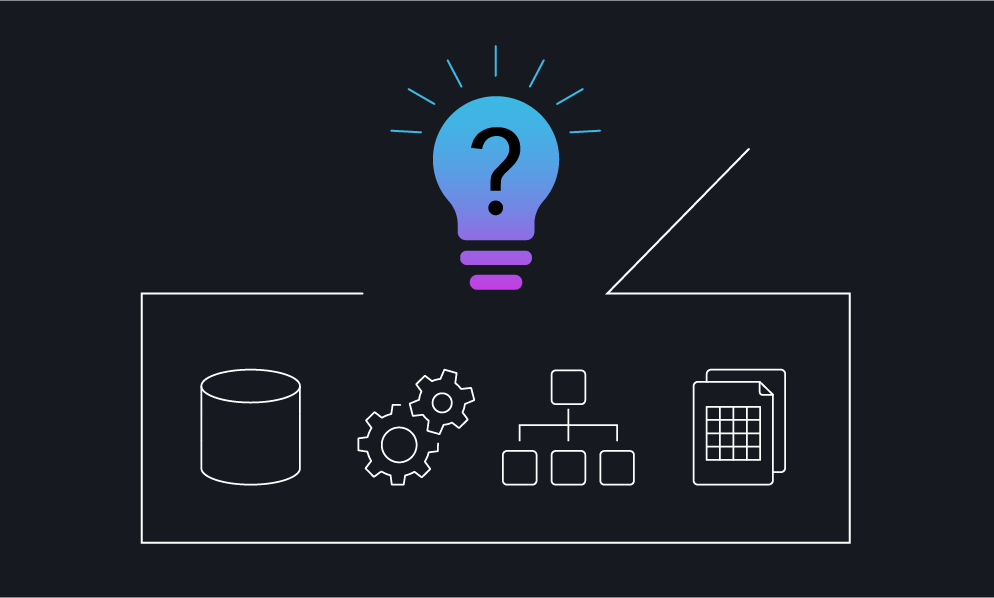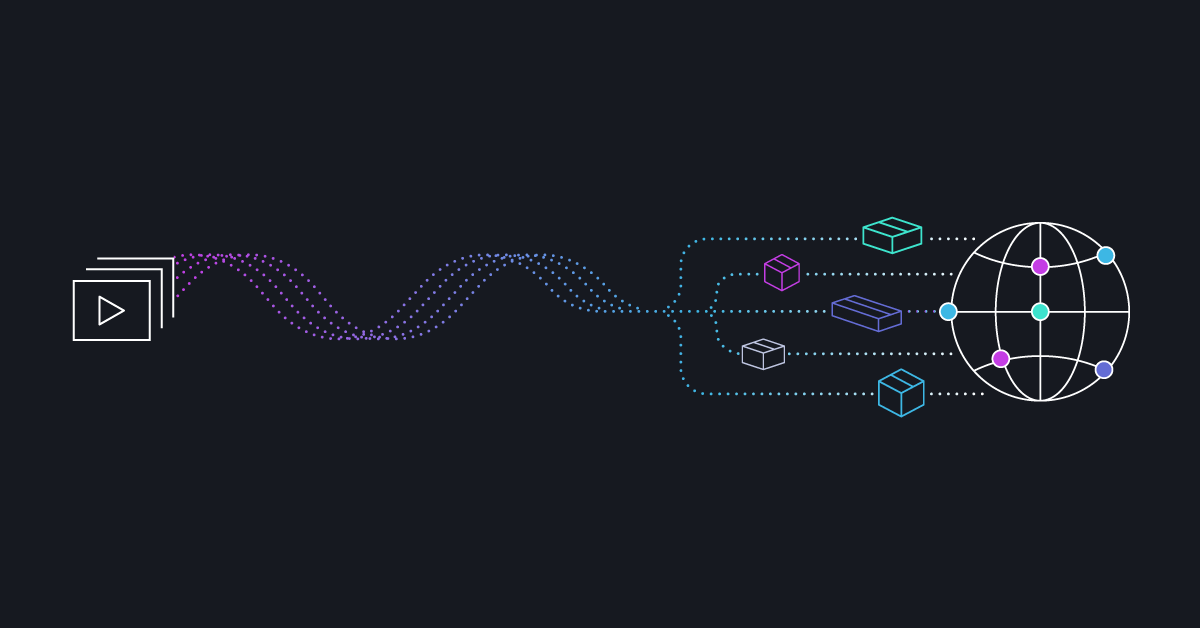
It’s no secret that modern cloud-based media supply chains bring levels of agility, responsiveness, scalability, and efficiency that are simply not possible with on-premises technical infrastructure. Taking advantage of the inherent elasticity of super-scaler cloud providers means being able to precisely match resources to changing workloads, and to scale up rapidly when demand bursts (and scale back down when demand subsides). Making those resources available when needed requires cloud providers make massive capital investments in servers, storage, and all the other ancillary technical infrastructure. This is why the world’s largest and most capable cloud providers hail from the largest technology companies who have the resources to make the necessary investments to provide virtually unlimited cloud resources.
To date, most companies who use cloud services tend to aggregate their cloud usage within one of the large providers due to pricing advantages, functional superiority, integration simplification, and staff training and skill accumulation. Increasingly, however, companies are beginning to reexamine those benefits in light of concerns about geopolitical tensions, regional data-sovereignty discussions, occasional technical glitches, and worries about vendor lock-in. For some media companies, particularly those with operations in Europe, there are legitimate concerns about maintaining control over data and workflows in the cloud.
What issues could arise if content lives entirely under one provider’s control? What if costs change, or regulations and policies do? How hard would it be to move? And what happens to existing investments in optimized, cloud-enabled operations?
These are valid concerns. But they all become manageable if the heavy lifting of media storage, compute, and application processing can take place in the cloud, or across different clouds, that best meet your organization’s technical and business needs.
Control Plane vs. Data Plane
Within the cloud architecture supporting media supply chain operations, the data plane is where the work happens while the control plane ensures that every process runs efficiently with the right tool and at the right time. If you’re a visual thinker, the data plane is the big heavy blob that consumes most of your cloud resources for storage, compute, and processing. The control plane is the smart, lightweight layer — the brains — that directs the work by handling orchestration, resource management, and automation.
The Rally platform provides that intelligent control plane and is distinct from the data plane. This separation of the control plane from the data plane is what makes true cloud flexibility possible.
The majority of processing and cloud spend occur in the user’s chosen cloud environment, while the Rally control plane provides a consistent, reliable layer of management. SDVI supports multi-availability zones and multi-region deployments to ensure that the control plane, which operates on AWS, remains up and running even if a cloud region encounters an outage.
This model empowers media organizations to choose where work happens — shifting data-plane operations between clouds, balancing workloads, or adding redundancy — all as part of their supply chains. This architecture also enables processing capability to be activated wherever the content resides, particularly useful for international operations with content in different regions.
Why Cloud Optionality Is a Modern Must
For media operations, the cloud remains the best place to manage and process content.
The cloud’s elasticity, agility, and scalability make it critical for modern supply chains that need the flexibility to accommodate new formats, partners, and distribution paths, sometimes overnight. Furthermore, in moving to the cloud, media organizations have the opportunity to rethink their supply chains and to deploy infrastructure on demand to support more efficient workflows.
The risk of occasional disruption doesn’t diminish the tremendous value — or, we would argue, the necessity — of leveraging cloud infrastructure. Suggesting otherwise is like saying that that internet security vulnerabilities mean we shouldn’t use it the internet. In this day and age, that approach is neither practical nor sustainable. Rather than steer clear of the cloud, organizations must use it wisely — structuring operations so that agility and reliability go hand in hand.
With multi-region and multi-cloud support, Rally adds resilience to operations, ensuring business continuity even if an outage or regional failure occurs. Set up properly, your supply chain can keep running even if an entire cloud region fails. (For a deeper technical discussion, see our Cloud Resiliency and Multi-Region Design white paper, which explores these strategies in more detail.)
With a supply chain management platform like Rally overseeing infrastructure and resources, teams are better able to optimize processes, improve efficiency, and drive new opportunities. Rally’s multi-cloud support brings added value by enabling flexible deployment across cloud vendors. If geopolitical winds shift, costs spike, or new tools appear, Rally users can adapt and make changes without starting from scratch.
Reducing Risk Through Cloud Choice
Multi-cloud support enables Rally users to distribute storage and compute across providers — and in turn manage costs or write data to multiple clouds for backup or regional efficiency. The same structure helps you take advantage of new innovations as they arise. Cloud vendors constantly leapfrog one another with fresh AI and machine-learning capabilities, and Rally lets you use the right tool at the right time, switching between services as your needs evolve.
Vendor lock-in also becomes less likely when you know you can move or diversify workloads at any time. With the freedom to choose where workloads and storage live, Rally users can adapt if a provider substantially alters its policies or dramatically changes the price of storage or egress. Cost escalation is easier to manage because Rally gives you visibility into where resources are used, where costs are centered, and the ability to rebalance them as pricing changes.
Adapting to Change and Uncertainty
Amid shifting geopolitical and regulatory landscapes, media companies need confidence that their content and workflows won’t be disrupted by new policies or regional requirements. Because Rally separates orchestration from processing, users can adjust where their data lives or where work is performed as part of their supply chain design. That flexibility ensures operational continuity, even as conditions evolve.
Protecting Your Investment
With supply chains defined within Rally rather than bound to any one cloud, your existing investment in designing those supply chains is preserved. Moving supply chains to a new cloud requires only basic configuration changes, not a complete rebuild.
Just as important, Rally’s architecture allows you to evolve at your own pace — adding new regions, clouds, or workflows incrementally without disruption. Ultimately, this flexibility translates into a strategic advantage.
Preparing for New Requirements
A sovereign cloud is a cloud computing environment with architecture, governance, operations, and location tailored to the legal, regulatory, and policy requirements of a particular country or region. With growing interest in a European sovereign cloud that guarantees local control of data, even AWS and SAP have announced initiatives in this area. As and when such regional clouds emerge, Rally is ready. The platform is cloud-agnostic by design, ensuring that Rally users can adapt to whatever the future brings. We already have multiple customers deployed and running at scale across multiple different cloud vendors and regions.
Optimization Through Adaptation
Cloud technology will continue to evolve. Prices will change. New tools will appear. Regulations will shift. What shouldn’t change is your ability to adapt. Rally delivers the flexibility and control you need to run your media supply chain on the cloud or clouds that best fit your business.
If you’re concerned about keeping your supply chain adaptable, no matter how the cloud landscape evolves, let’s talk! Learn how SDVI Rally keeps your options open across clouds, regions, and regulations.


